
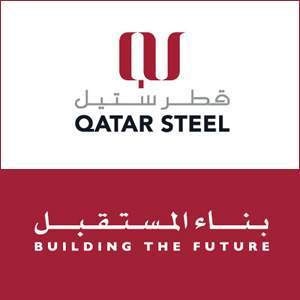

Secretary General’s Speech
2023 Year Between the Economic Recession and the Limited growth of the steel industry
Expectations about the state of the global economy in 2023 varied between slowdown and stagnation, but everyone agreed that 2023 will be a difficult year as a result of the slowdown in the main economies, namely the United States, the European Union and China, and the International Monetary Fund reduced its forecast for the global economic growth rate to 2.9% in 2023 max.
The world has witnessed many developments in the economic arena, from the beginning of the Corona pandemic to the continuation of the Russian-Ukrainian war, in addition to the increase in interest rates, which had a direct impact on fuel and food prices, and the movement of supplies. This had a severe negative impact on most of the world’s economies and was evident in the poor growth rates and the poor performance of financial markets.
It is expected that its impact will extend for several years at varying levels from one country to another, as there are countries that can bear these pressures and other countries that cannot bear them, as they were already suffering from economic problems before the Corona pandemic, especially countries that suffer from external debts.
As for the Arab countries, despite the increase in economic growth in 2022 to 5.5%, the region is characterized by a great divergence in economic conditions and growth paths, as many oil-exporting countries achieved a significant increase in production and exports in 2022, while high inflation and the deterioration of local currency prices were Many oil importing countries have an impact on food and energy prices.
It is expected that the growth rate in the Arab region will slow down to 3.5% in 2023 due to the decline in demand in the Gulf region from 6.6% in 2022 to 3.7% in 2023, with expected cuts in oil production in 2023 due to the “OPEC +” agreement.
As well as due to the divergence of economic conditions in North African countries and the eastern Mediterranean region, there are oil-exporting countries, countries experiencing political and economic instability, countries affected by the rainy season, and countries suffering from high local currency prices and a shortage of foreign currency, so we find high economic growth in Iraq, Egypt, Algeria and Jordan in 2022 .
Economic growth is expected to pick up in Morocco, Libya and Jordan in 2023.
At the level of the steel industry, it is expected that after a decline in global steel demand in 2022 by 2.3% to reach 1,796 million tonnes, it will increase by 1% to reach 1,810 million tonnes, especially an increase in steel consumption in infrastructure projects.
And in the Arab countries, after the large increase in 2022, which amounted to 9%, which raised steel consumption to 41.5 million tonnes due to the high demand in the Gulf region, thanks to the resumption of existing projects with the increase in income.
It is expected to decline to only 2% in 2023, to reach 43.3 million tonnes, due to the expected decline in oil revenues in 2023, in addition to the decline in demand, especially in Egypt, in light of the increase in inflation and the shortage of foreign currency.
It seems that the year 2023 will be full of challenges and hardships, but it may be an appropriate opportunity for some countries to take a breather and correct the economic conditions.
The Arab Iron and Steel Union hopes that the Arab iron and steel industry will witness further development and development in 2023.
Dr. Kamel Djoudi
Secretary General
Arab Iron and Steel Union



AISU News
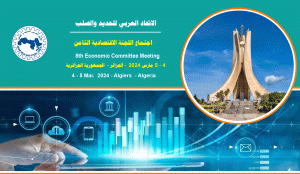
Arab Iron and Steel Union holds a meeting of the Economic Committee in Algeria

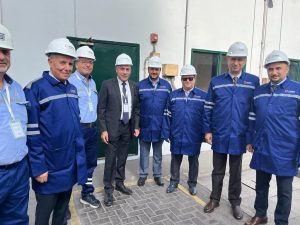
16th Arab Steel Summit: A visit to Ezz Steel Company in Ain Sokhna
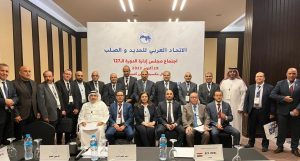
Arab Iron and Steel Union holds its 127th Board of Directors meeting in Cairo



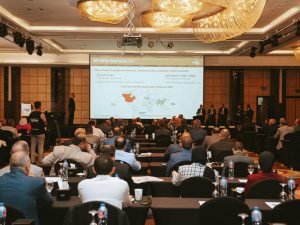



Arab Iron and Steel Union holds the Sixth Economic Committee meeting in the UAE

Honouring the companies participating in the International Iron and Steel Exhibition

Honoring the founders of Arab Iron and Steel Union

Honoring the chairmen of Arab Iron and Steel Union









